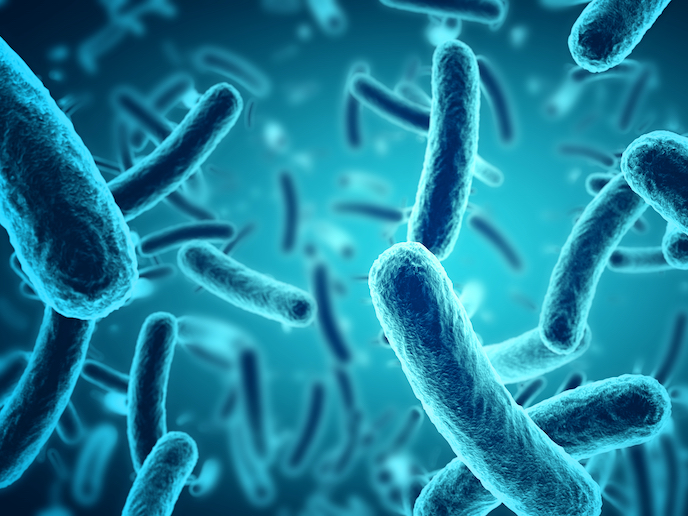Synthetic bacterial ‘rafts’ shown to optimise bioprocesses
Bacteria are used in biotechnology to produce a wide range of valuable compounds. The performance of these microorganisms however is often limited due to the toxicity of some compounds, as well as the challenge of controlling complex interactions that occur within bacterial cells. Addressing this issue of toxicity in engineered bacteria – which are called microbial chassis by scientists – could lead to better performance. One way of achieving this could be to ‘contain’ biotechnological reactions within bacteria, so that the bacterial cells as a whole are protected from toxic reactions. This technique could lead to the development of optimised microbial chassis, adapted to produce different types of compounds that benefit a range of industrial applications, from healthcare to food. “There are always challenges to the genetic design and construct of microbial chassis,” says Rafts4Biotech project coordinator Daniel Lopez, principal investigator at the Spanish National Research Council (CSIC). “Perhaps the most relevant challenge is to make the chassis work in industrial conditions, and not just in optimised laboratory conditions.”
Efficient industrial bioprocesses
The Rafts4Biotech project built upon previous work to achieve this objective. Lopez’ laboratory has been investigating functional microdomains – small regions of a cell’s membrane – that have distinct structures. “Certain microdomains are known to promote bacterial protein interactions,” he explains. “We typically target these microbial structures to develop new antimicrobials.” The Rafts4Biotech project, however, took the opposite approach. “Here, we asked ourselves whether we could engineer microdomains in bacteria, in order to promote interesting protein interactions,” adds Lopez. “We wanted to see if this could improve the efficiency of industrial bioprocesses.” Lopez and his team therefore set about designing synthetic microdomains, or ‘rafts’, in bacteria. These strains were then used to produce industrially useful compounds for sectors such as cosmetics and pharmaceuticals, to see if efficiencies could be achieved. “We wanted to demonstrate first that our technology worked in laboratory conditions,” notes Lopez. “And secondly, that it was actually possible to apply this technology to certain bioreactions in industrial settings. This would really show the potential applicability of our technology.” The Rafts4Biotech project succeeded in engineering microbes that confine biotechnologically relevant reactions into specific membrane microdomains. This technique isolates reactions from other bacterial metabolic processes, and protects cells from undesirable interference. Ultimately, this improves the efficiency of biotechnological processes.
Next-generation technology
A key strength of this technology, says Lopez, is its versatility. In the field of healthcare for example, the technology could help to develop next-generation antimicrobials that cannot be produced under conventional conditions. This could help in the fight against multidrug-resistant bacterial infections, which have emerged as a major public health threat. The technology could also enable industry to achieve significant production efficiencies. In the cosmetics sector for example, make-up, skin and hair products contain molecules like natural pigments and vitamins, which are often produced via expensive chemical synthesis techniques. Instead, the Rafts4Biotech project could enable manufacturers to replace chemical-based molecule production with more sustainable bioprocesses that operate at lower temperatures and require less energy. “Our technology is not restricted to generating just one particular microbial; we also showed this technology has the capacity to improve certain industrial processes,” Lopez remarks. Next steps include expanding the technology to other industrially relevant sectors. “I hope this project will help to seed the emergence of a well-established biotechnology,” says Lopez.
Keywords
Rafts4Biotech, bacterial, biological, pharmaceuticals, cosmetics, microbial, genetic design, microdomains, cells







